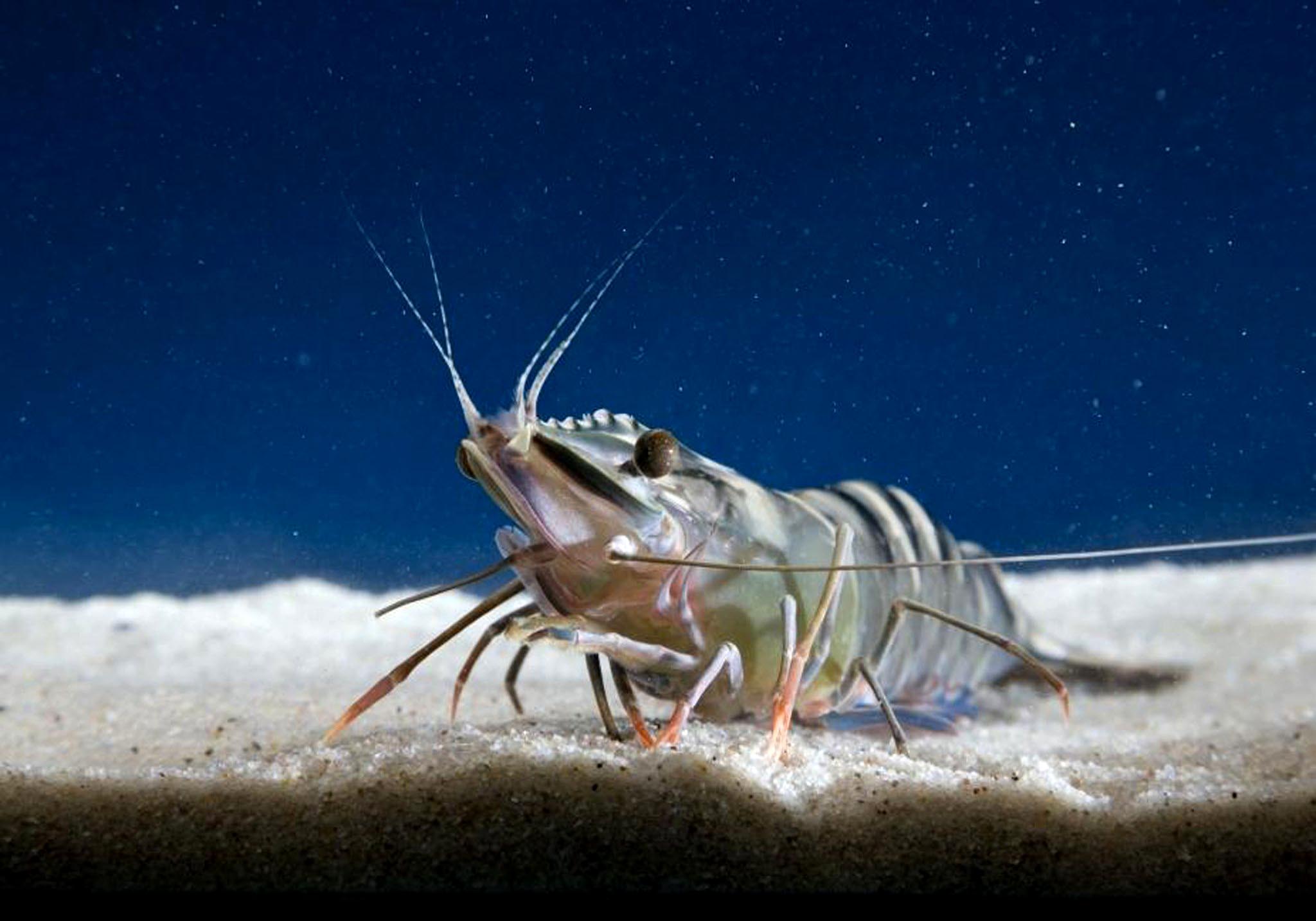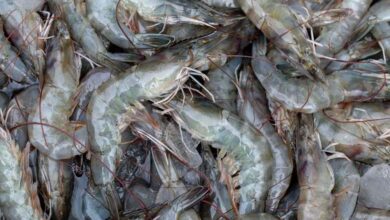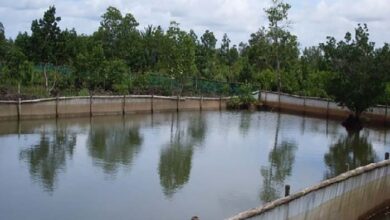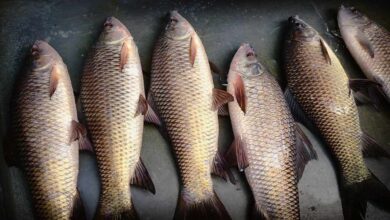
Shrimp farming is presently facing significant difficulties due to unforeseen diseases and higher prices of commercial feed. A recent study was conducted to assess the impact of the aquamimicry culture technique, which involves using fermented rice bran as a substitute for commercial feed, on the growth, health, and mortality rate of black tiger shrimp.
The study demonstrates that aquamimicry enhances the development performance and immunity of black tiger shrimp (Penaeus monodon). The culture approach is also successful in addressing disease issues in black tiger shrimp production.
Shrimp farming has emerged as a crucial economic endeavor due to its substantial contribution in meeting the need for protein and ensuring food security.
Conversely, shrimp aquaculture is under threat from unforeseen diseases that are the result of unusual pond settings, climate variability, and excessive application of commercial feed and pesticides as a result of intensification.
In addition, the high cost of feed poses a challenge for traditional aquaculture producers, as it inhibits their ability to keep pace with modern methods and maintain their practices.
Therefore, the development of affordable and environmentally friendly shrimp farming techniques is crucial for enhancing the economic and ecological sustainability of shrimp production.
One of the most cutting-edge and environmentally friendly methods used in the shrimp farming sector is aquamimicry, which uses naturally occurring prebiotics—fermented carbohydrates, for example—to produce live food—particularly “Copepod”—for the post-larvae before stocking. Later on, the fermentation process enhances the feed’s palatability, water solubility, nutritional digestibility, and immune system.
In summary, by producing zooplankton blooms (mostly copepods) as extra food for the cultivated shrimp and helpful microorganisms to preserve water quality, aquamimicry culture technique mimics natural settings.
Two fundamental purposes are served by the aquamimicry approach. First of all, it produces bioflocs to keep the ponds’ water quality high. Secondly, it also gives shrimp extra nutrients and sustains pond zooplankton.
Zooplankton, which is the natural diet for shrimp, consists of essential elements such as proteins, lipids, carbs, amino acids, vitamins, minerals, and fatty acids. As a result, it is commonly known as “nutritional capsules of life.”
Furthermore, aquamimicry technology offers the benefits of disease-free, cost-effective, and environmentally sustainable aquaculture production while also ensuring the creation of high-quality outputs through the reuse of organic nutrients.
This method is effective in reducing the feed conversion ratio, lowering water exchanges, and preventing disease.
According to the research, liquid fermented rice bran (LFRB) may serve as a partial substitute for commercial feed, potentially improving the growth, immunity, and survival rates of shrimp through the aquamimicry technique.
The research also revealed that shrimp on a diet consisting of 70% commercial feed (CF) and 30% low fishmeal replacement blend (LFRB) exhibited higher growth and survival rates, surpassing the performance of shrimp fed solely with 100% CF.
The treated shrimp demonstrate improved resistance to Vibrio parahaemolyticus, as evidenced by a higher total hemocyte count and a healthier hepatopancreas.
However, there are two significant disadvantages to the aquamimicry approach: the potential difficulty of implementing this concept in indoor conditions and the necessity of using relatively large treatment ponds.
Nevertheless, aquamimicry culture technique is gaining popularity worldwide due to its apparent ability to produce crustaceans of superior quality at a reduced cost and in a more sustainable manner. Undoubtedly, a new standard in shrimp aquaculture will be developed, and future generations in the industry will benefit from the interpretation of the aquamimicry concept.
Jaber Bin Abdul Bari
Department of Oceanography, NSTU




